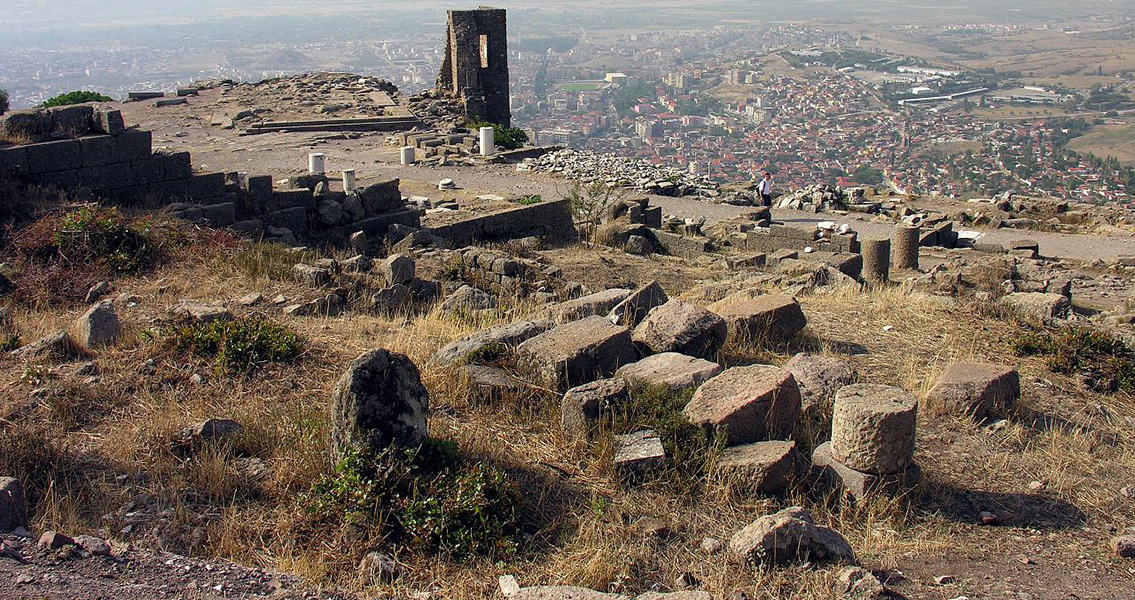<![CDATA[The burial site of the Attalid Dynasty, the Hellenistic dynasty which ruled the ancient Greek city of Pergamon after the fall of Alexander the Great, may have been discovered in western Turkey. According to Haaretz, archaeologist Felix Pirson says the burial site – once thought lost to antiquity – is part of a massive mound that was first investigated nearly two centuries ago. The hilltop, adjacent to Bergama – ancient Pergamon – is known as Yigma Tepe, and Professor Pirson says he’s eager to prove his theory using advanced technologies in a number of new excavation projects. Prof. Pirson remarked that the burial site was almost certainly created as a monument to someone of great importance, regardless of who was interred within. However, he says that there’s a case to be made for the Attalids due to the gargantuan size of the burial mound, as well as indications leading researchers to date the mound to the second century BCE. Pirson added that the tomb’s alignment and its architecture, especially with its location on the stairway side of the Great Altar and the western side of the Temple of Athena, were other strong indications that the mound may be the final resting place of an important Attalid. Pergamon became a seat of power for the Attalids, well-renowned as a breathtaking capital city for the Hellenistic kings that governed large regions of Asia Minor during the second century BCE. The city had enough longevity to last into the Byzantine era, based on archaeological finds on the northern slopes of the hilltop city that included ceramics, coins and spearheads from that time. At its height, the city had a reputation for not just masterful art and architecture but also for rulers that were well-known for cultural politics, and this is reflected in the aesthetics of Pergamon, according to Pirson. The capital city was well known for its opulence and its vast collection of sanctuaries, temples and royal palaces. However, the final resting place of Attalid kings has never been pinpointed – though the burial mounds at the bottom of the hilly terrain that Pergamon was perched upon have always been in the running. Located directly to the south, Yigma Tepe is unavoidable, reaching 31 meters in height and 158 meters in diameter. Initial investigations in 1878 by Alexander Conze, an early archaeologist, revealed that there was no discernible entrance to the mound, but the exterior was ringed by a wall constructed of blocks of andesite, a fine-grained volcanic rock. Even after a concerted effort to dig into the center of the mound – an effort that was ultimately abandoned – no inner chamber was discovered. Pirson doesn’t have plans to undertake such a massive – and invasive – excavation just yet. Instead, this coming season will see the use of geophysical surveys and seismic prospecting in order to glean any information about any inner structures present within the massive monument. The archaeologist is also hoping to learn more about how the mound itself was constructed. Image courtesy of Wikimedia Commons user Dennis Jarvis ]]>
Attalid Dynasty Burial Site Discovered in Western Turkey?
